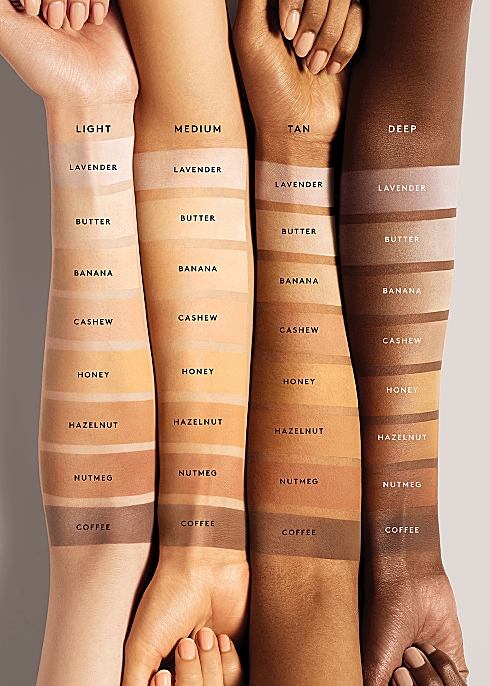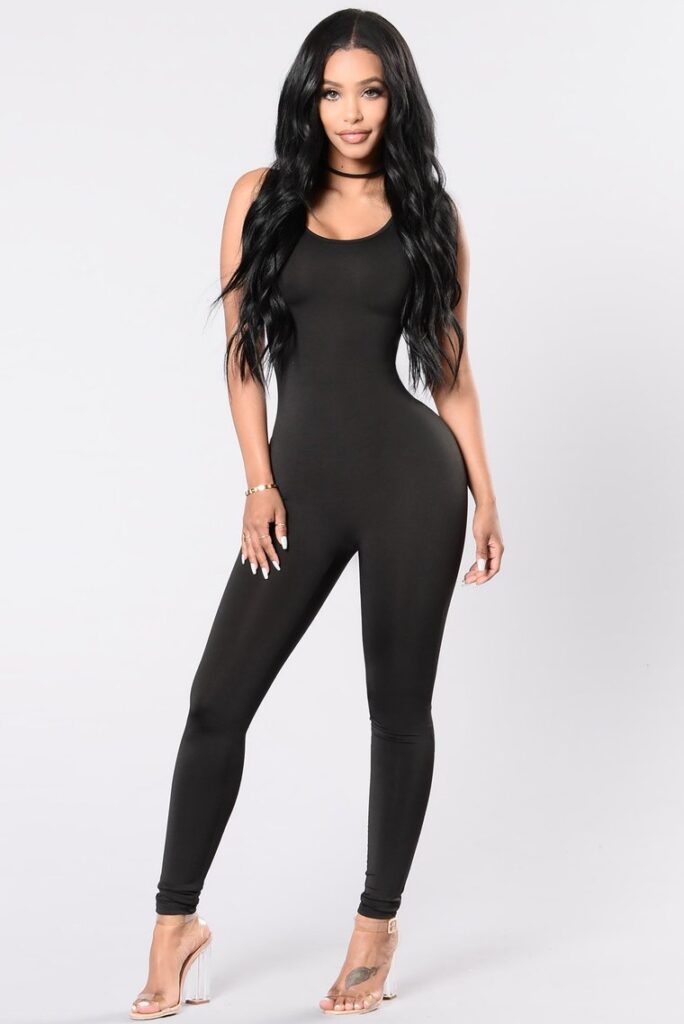For the final presentation I focused on the 3 publications designed by graphic designer/typographer Herb Lubalin and publisher Ralph Ginzburg. The three publications are Eros, Fact:, and Avant Garde. Each publication came during the mid 1960s in the United States, the publications were very controversial and seen as inappropriate due to the censorship from the government and out dated values in society.
The three publications I talked about for my presentation fit into the dichotomy because during the 1960s these publications weren’t fully accepted by the masses (with the exception of Avant Garde) due to the loud mouth content from the Fact: magazine or the nude images and intimacy of interracial couples seen in the Eros publication. Because this type of content wasn’t fully accepted by the masses I would say they were underground.According to Steven Heller The Underground Mainstream that “popular tolerances have increased to a level where shock in any realm is hard to come by”. If we would to see any of the three publications in 1990s or even now they wouldn’t seem so inappropriate or out of the norm which would show that the same topics and content Lubalin and Ginzburg created are no longer unacceptable to society and mainstream.
I honestly don’t think there was much influence from other underground designs when these publications came out. I feel that the counterculture or “hippie culture” is what influenced Herb Lubalin and Ralph Ginzburg’s work. The counterculture was a classification of the new unique generation of the 60s. The fought for LGBTQ rights, women rights, civil rights and new sexual values. These are similar topics seen in the publications. Lubalin among other graphic designers such as Milton Glaser and Seymour Chwast were “forged a willfully eclectic attitude toward graphic design and typography, rather than subscribe to high minded morality of European design” according to Journal of Design History excerpt by Ellen Lupton (one of my sources from the library). Instead of being influenced by European modernism which was popular to do at the time in the United States, designers like Herb Lubalin created a new expressive style of work that didn’t follow the rules of modernism.







Recent Comments